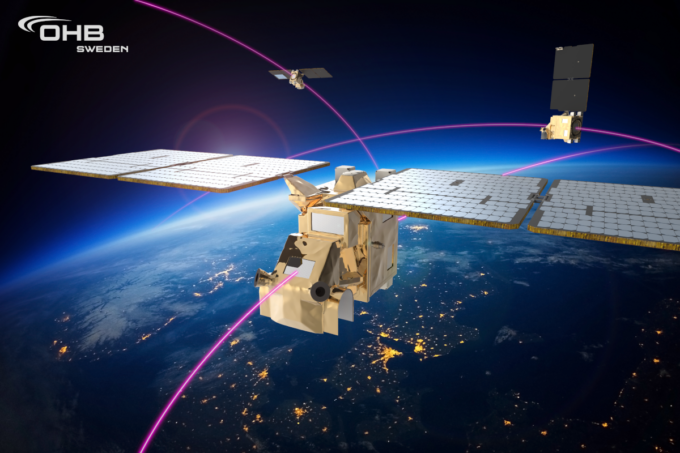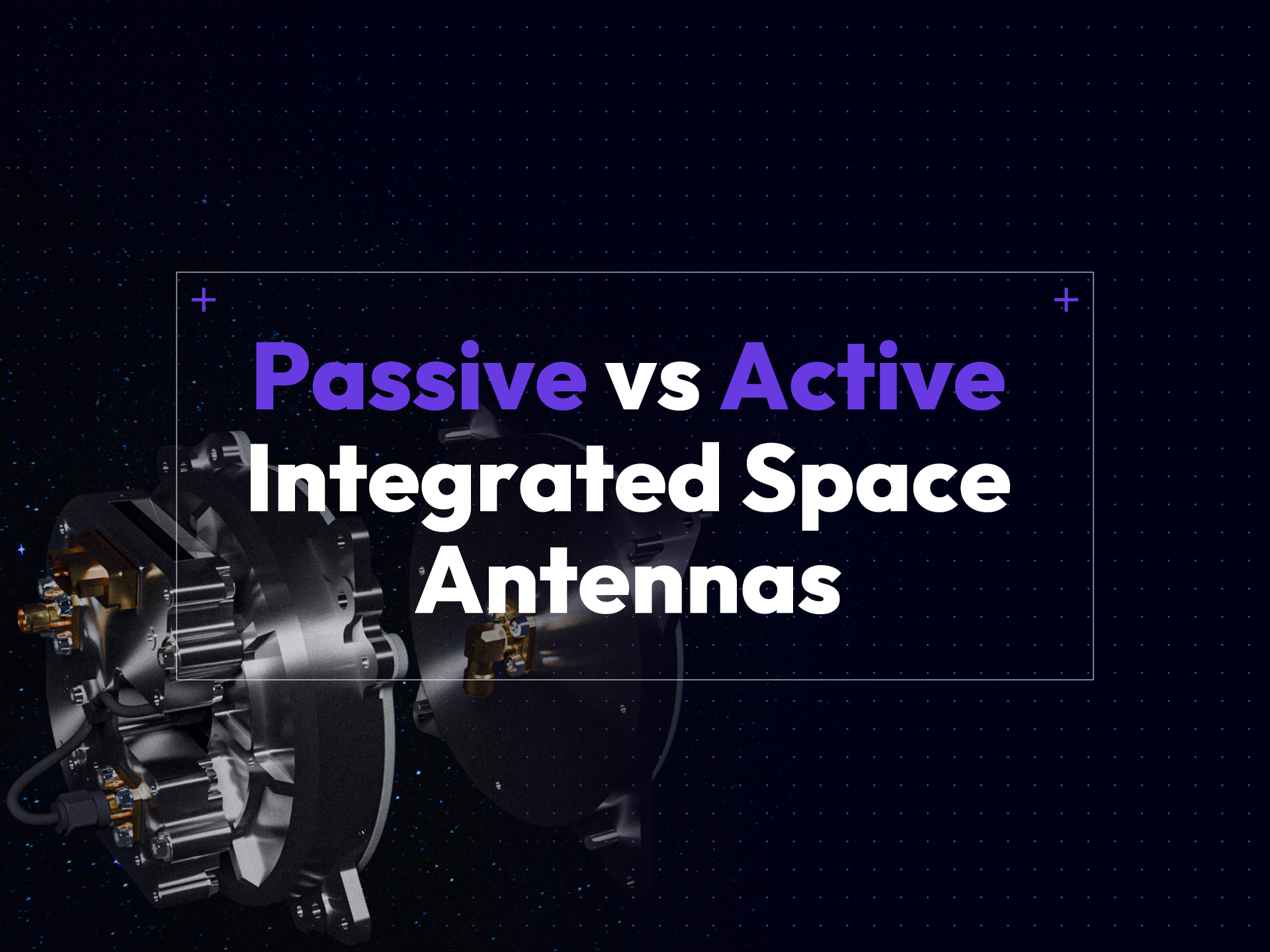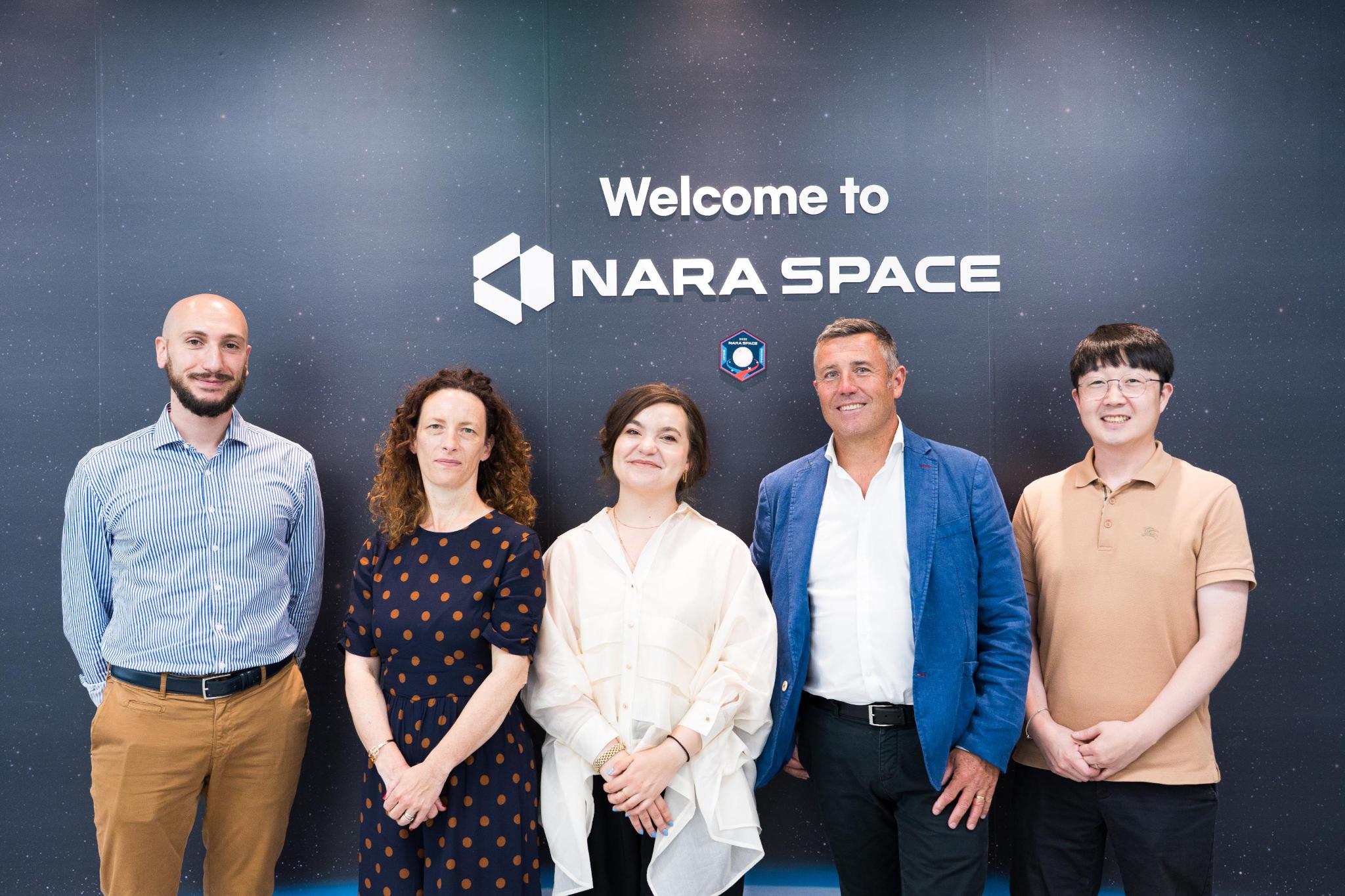In an era where understanding Earth’s climatic systems is more crucial than ever, the Arctic Weather Satellite (AWS) mission represents a significant advancement in meteorological monitoring, particularly for the Arctic region. This mission aims to fill a crucial gap in weather forecasting capabilities in areas where traditional satellites have limited reach. The use of a constellation of microsatellites equipped with advanced sensors is expected to enhance weather prediction accuracy, not only for the Arctic but also on a global scale.
This initiative showcases the application of innovative technology in space to improve Earth observation. The partnership between Anywaves, known for its antenna technologies, and OHB Sweden, a satellite development specialist, underscores the importance of collaboration in scientific endeavors. This article will provide an overview of the AWS mission, including its objectives, the cutting-edge technology used, and the current progress towards the anticipated launch.

Credits: OHB Sweden, Arctic Weather Satellite constellation
The Mission
The Arctic Weather Satellite, developed under the aegis of the European Space Agency (ESA), aims to revolutionize weather forecasting in the Arctic—a region where traditional geostationary satellites have limited visibility. The mission’s objective is to provide frequent Earth coverage for improved nowcasting and numerical weather prediction.
Addressing the Arctic Challenge
The Arctic region has long been a blind spot in global weather forecasting. Traditional geostationary satellites, which form the backbone of our current weather monitoring systems, are unable to effectively cover this northerly area. The Arctic Weather Satellite mission aims to fill this critical gap by providing high-frequency, high-quality meteorological data. This data is crucial for improving weather forecasts in the Arctic, a region increasingly significant due to its sensitivity to climate change and its growing geopolitical and economic importance.
EPS-Sterna: A Visionary Constellation
While the initial phase of the mission involves the deployment of a prototype satellite, the ultimate vision is the creation of a constellation known as EPS-Sterna. This constellation would consist of several microsatellites in multiple orbital planes, supplying an almost constant stream of temperature and humidity data from every location on Earth. The establishment of this constellation would mark a significant advancement in meteorological science, enabling very short-range weather forecasting or ‘nowcasting’ not just in the Arctic, but globally.
Global Impact
The data collected by the AWS will have far-reaching impacts. Improved weather forecasting in the Arctic will enhance navigation, resource management, and environmental monitoring in this sensitive region. Moreover, the mission’s success will contribute significantly to global weather prediction models, enhancing our ability to respond to weather-related natural disasters and to better understand large-scale climate patterns.
A Collaborative Effort
The AWS mission exemplifies international collaboration in space and Earth sciences. With the expertise of ESA in leading space missions, OHB Sweden’s capabilities in satellite development, and ANYWAVES’ advanced antenna technologies, the mission is a testament to what can be achieved through cooperation in the pursuit of scientific advancement and environmental stewardship.
Nicolas Capet, CEO of ANYWAVES, highlights the significance of this collaboration:
“This order from OHB Sweden is very significant. First, because being once again selected by an historical European satellites manufacturer is the recognition of OHB’s expertise. Then, because Arctic Weather Satellite‘s mission perfectly pictures what space can bring to humanity: and a better understanding of Earth as well as a major benefit for citizens thanks to better weather forecasting.”

Credits: OHB Sweden
The Technological Solution Chosen
In undertaking the challenging task of improving weather forecasting in the Arctic, ANYWAVES and OHB Sweden have employed a series of cutting-edge technological solutions for the Arctic Weather Satellite (AWS).
Advanced Antenna Technology
At the heart of these solutions is the advanced antenna technology developed by ANYWAVES. The company has designed a custom antenna kit specifically for the AWS constellation, which includes two S-Band COTS antennas for Telemetry, Tracking, and Command (TT&C), a GNSS-E1L1 antenna for accurate satellite positioning, and a pioneering L-Band antenna for payload telemetry.
The GNSS and L-Band antennas are particularly noteworthy for their innovative design. Based on ANYWAVES’ patented 3D-printed ceramic technology, they represent a new concept in antenna engineering. These antennas are designed to operate efficiently in the harsh conditions of space, offering enhanced resilience and performance. The significance of this development lies in its novel approach to antenna manufacturing, utilizing additive manufacturing techniques that allow for intricate design and high performance in a compact form. The 3D printing process presents numerous benefits, including accelerated fabrication, reduced costs in terms of tools and materials, and minimized waste. Additionally, 3D printing techniques unlock novel possibilities for designing shapes and periodic structures that may be impractical using traditional production methods. This introduces newfound flexibility in creating materials with enhanced electromagnetic properties. Such advancements hold significant relevance in the realm of antennas, facilitating the optimization of the electromagnetic properties of the material, ultimately maximizing the efficiency of the antenna.
Benoit Mathieu, CEO of OHB Sweden, comments:
“OHB Sweden is happy to collaborate with the well-established antenna manufacturer ANYWAVES as their products fit the full range of antennas needed for this mission.”
L-band Downlink Capabilities
The addition of an L-band downlink to the satellite’s communication suite is a significant technological advancement. This feature allows for both direct broadcasting of data and a stored data downlink capability, ensuring efficient and continuous transmission of the vast meteorological data collected back to Earth. This capability is vital for the real-time processing and integration of this data into weather prediction models, particularly for the Arctic region.
Satellite Platform Upgrades
The satellite platform, based on OHB’s Innosat platform, incorporates significant upgrades to meet the mission’s specific needs. One of the key enhancements is the addition of electric propulsion. This technology is crucial for enabling the satellite to reach its required orbital altitude of 600 km and to perform vital functions such as orbit maintenance and collision avoidance maneuvers. Moreover, the electric propulsion will play a critical role in de-orbiting the satellite at the end of its mission, ensuring compliance with space debris mitigation requirements.
The power system of the satellite has also been upgraded to cater to the higher power consumption of the instruments. The satellite features deployable, fixed-angle solar arrays, ensuring a consistent power supply for its operations. The total mass of the satellite is approximately 120 kg, with a power consumption of around 120 W in nominal operations.
Enhanced Meteorological Instrumentation
A crucial component of the AWS is its 19-channel cross-track scanning microwave radiometer. This sophisticated instrument is a direct beneficiary of the technological advancements made in the Microwave Sounder developed for the MetOp Second Generation satellites. The radiometer is designed to provide high-resolution measurements of atmospheric humidity and temperature, which are essential for accurate weather prediction. Its ability to scan across the track of the satellite’s orbit allows for comprehensive data collection, significantly enhancing the quality of the meteorological information gathered.
Preparing for the Future
The prototype satellite has been designed with the future constellation in mind. As such, no design changes are anticipated between the prototype and the constellation satellites. This forward-thinking approach ensures that the lessons learned and the technologies developed for the prototype will seamlessly transition to the full constellation, enhancing the overall efficiency and efficacy of the mission.
How It’s Going
The Arctic Weather Satellite project, a joint venture between ESA, OHB Sweden, and ANYWAVES, has made significant strides since its inception.
Rapid Development and Testing
Embracing a ‘New Space’ approach, the project team has managed to fast-track the development and construction of the AWS. In just 36 months since ESA awarded the contract to OHB Sweden, the satellite has been fully assembled and is now undergoing rigorous testing to ensure its readiness for space conditions. This swift progress is a testament to the efficiency and dedication of the teams involved.
Environmental Testing
Currently, the satellite is in Germany undergoing an extensive environmental test campaign. These tests are crucial to confirm the satellite’s capability to withstand the rigors of launch and the harsh conditions of space. The satellite is being exposed to extreme vibrations, noise, and temperature variations, simulating the conditions it will face during launch and its operational life in orbit.
Instrument Integration and Functionality
As previously stated, a significant milestone was the integration of the 19-channel cross-track scanning microwave radiometer, delivered by Omnisys. This advanced instrument is a core component of the satellite, enabling it to collect high-resolution humidity and temperature data from the Earth’s atmosphere. Therefore, the successful integration and testing of this instrument are crucial for the mission’s goals.
Communication Systems Testing
Another key achievement has been the successful testing of the satellite’s communication links with the mission control center in KSAT, Tromsø, Norway. Ensuring robust and reliable communication between the satellite and ground control is vital for the success of the mission, particularly for the transmission of collected data and operational command and control.
Pre-Launch Preparations
Following the completion of the environmental tests, which are expected to last until February 2024, the satellite will return to OHB Sweden for final checks. These checks are essential to ensure that every system and component of the satellite is functioning optimally before launch.
Countdown to Launch
The launch of the Arctic Weather Satellite is scheduled for June 2024. It will be launched from Vandenberg, California, aboard a SpaceX Falcon 9 rocket. It will not only be a significant milestone for the AWS project but also a momentous event in the field of meteorology and Earth observation.
Conclusion
As the launch date approaches, the teams at ESA, OHB Sweden, and ANYWAVES are working diligently to ensure that all systems are go for this groundbreaking mission. The successful deployment of the AWS will mark a new era in Arctic and global weather forecasting, providing unprecedented insights into weather patterns in one of the most remote and climatically important regions of the world.




